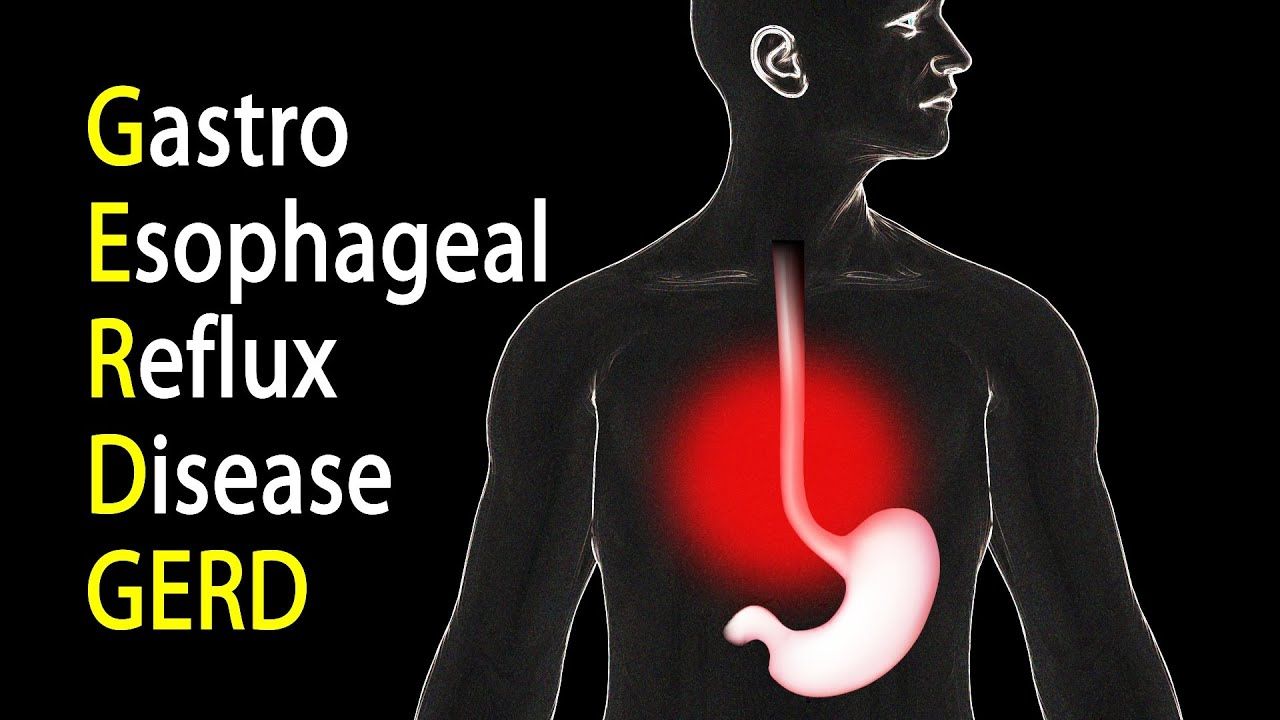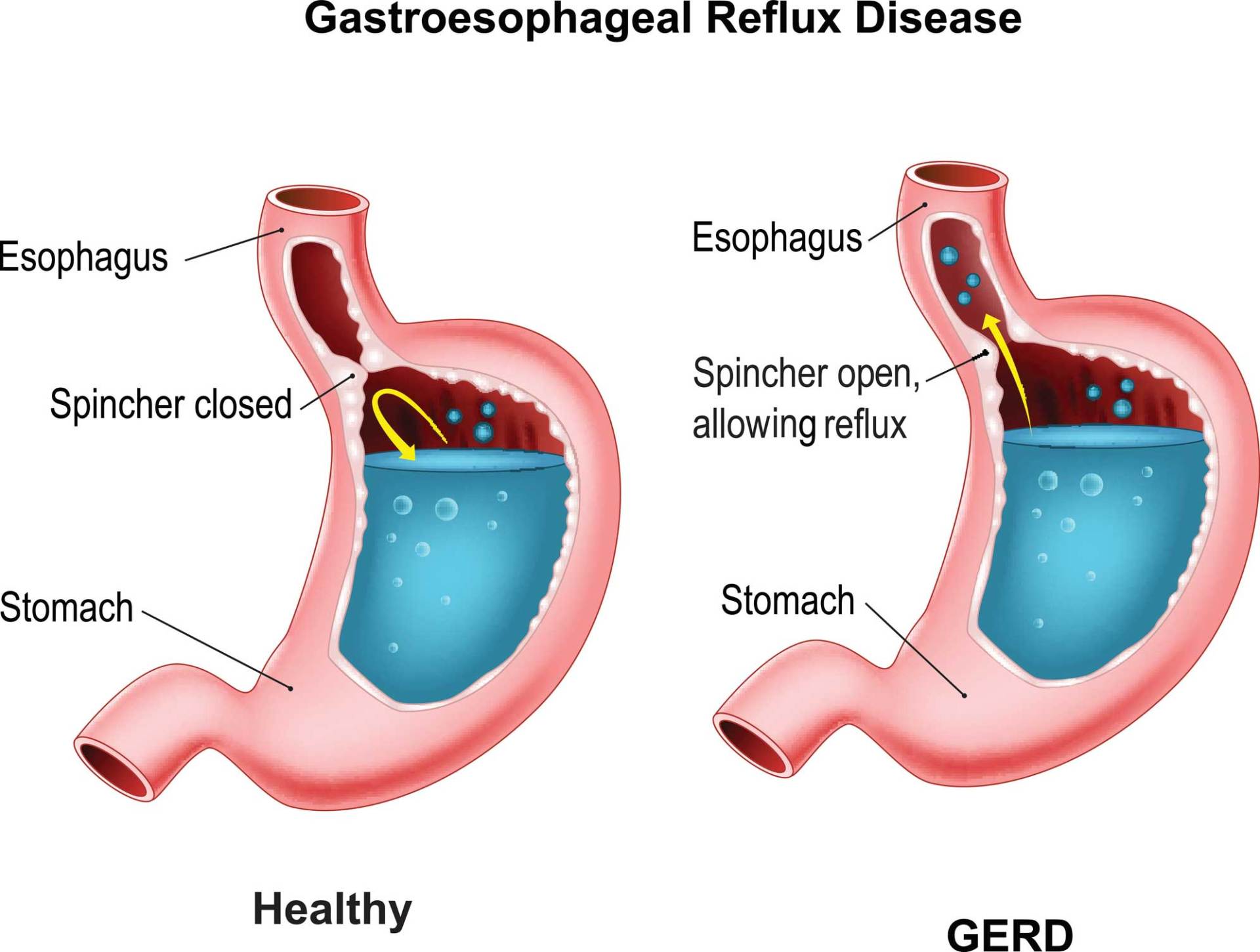GERD
Treating Heartburn, Gastritis, Reflux and GERD With Holistic Medicine and PEMF Therapy
Comfortable
No Surgery
Quick Treatment
Friendly Support
Gastro Esophageal Reflux Disease
Because GERD is so complex, one has to understand the mechanisms underlying the problem. GERD is due to a hiatal hernia. When there is a hiatal hernia, there are different degrees of reflux of stomach acid up to the esophagus. The primary symptom of GERD is heartburn. Another common problem associate with GERD is "water brash" or a feeling of acid up in the throat. It is not uncommon for people with bad reflux, which is what GERD is, to have vocal cord irritation, coughing, and a chronic sore throat, especially in the mornings-and even asthma.
Hiatal hernia is caused simply by overstretching the stomach, which then unfortunately causes the lower end of the esophagus to overstretch as well. When the esophagus is overstretched, acid freely goes up into the esophagus, which is not designed to handle acid.
Heartburn is often also caused by gastritis or inflammation of the stomach. These two conditions may be difficult to differentiate and can only be done so by doing an endoscopy, or putting a scope down the throat into the lower esophagus and stomach. Gastritis is treated as a very different condition, although both of them tend to get treated by using acid suppression with medications like Zantac, Prilosec, the purple pill [protonix], etc.
The condition that is the most worrisome with GERD is the esophagitis,, called reflux esophagitis. In the worst case it becomes known as Barrett's esophagus. Barrett's esophagus can lead to esophageal cancer, because of the chronic irritation of acid of the lower end of the esophagus.
So, there are two approaches to handling GERD.
The first is to reduce the reflux of acid into the esophagus. This is again using the acid suppression medications. In a holistic world, the primary strategy is to reduce the amount of time the food sit in the stomach and to try to heal the esophagus. The medications used to suppress acid reflux into the esophagus simply decrease the acid production. They do nothing to heal the esophagus or the stomach. The doctors in this case rely strictly on the body healing itself. Holistic doctors use an additional strategy using a supplement called DGL or aloe to help to heal the lining of the esophagus and stomach.
The second important strategy is to reduce the time the food takes move out of the stomach. Unfortunately, with the acid blockers we are in a Catch-22. By suppressing stomach acid, we are not able to digest our food as well and consequently it tends to sit in the stomach longer. While appearing counterintuitive, we would typically recommend that individuals with GERD should actually use acid during their meals. Many individuals actually develop reflux simply because they already do not have enough acid in their stomachs to digest their food properly. That means food sits there too long and therefore is more likely to reflux into the esophagus. For this purpose people may use apple cider vinegar, 1 to 2 tablespoons in 4 ounces of water at the end of each meal, or to actually use an acid preparation such as betaine hydrochloride, in the proper dose.
Digestion actually begins in the mouth. People need to properly until their food is liquid before it leaves the mouth. This pre-digestion reduces the amount of work the stomach has to do and as a result of food will leave the stomach faster, decreasing reflux. I strongly believe that a large part of our reflux problems in our society is that people don't chew adequately, because of how much we end up rushing meals. In addition, those people with reflux -- particularly with morning symptoms-- need to elevate the head of the bed or get a foam wedge with a 6 inch rise. The foam wedge needs to cover their body from their head to their tailbone. Fortunately, this can be done on one side of the bed so that any partner is not affected. It's important to do elevation with a wedge [additional pillows just don't work] to decrease the possibility of acid refluxing into the esophagus. In addition, meals should not happen within two hours of bedtime, as food is likely to still be in the stomach and then reflux into the esophagus. Small meals throughout the day also decrease the amount of food in the stomach at any one time. The stomach is like a small balloon, the size of a fist, and when it is pressed by the down the muscles with bending and lifting or other abdominal muscle straining, the balloon is pressed and the food has only one way to go, up into the esophagus.
In terms of the value of PEMFs in the setting of heartburn or GERD, it is possible that PEMFs may help with motility of the stomach to evacuate food faster. This helps to decrease the amount of reflux. Additionally PEMFs may increase the amount of acid production during a meal to help to digest food better and faster. Finally, PEMFs can help to reduce the symptoms of heartburn and gastritis. I have used magnetic fields numerous times when I have overindulged in spicy foods. They do help the pain of heartburn fairly dramatically. However, this use of PEMFs is just a Band-Aid as long as the other components of reducing reflux are not used. So, using PEMFs in the setting of GERD has to include mechanical measures, nutritional measures and proper digestive practices. PEMFs may be very helpful to reduce symptoms and may additionally speed up gastric motility, reducing the amount of time food spends in the stomach and therefore the likelihood of reflux.


